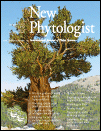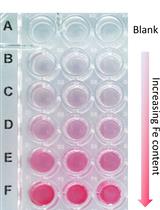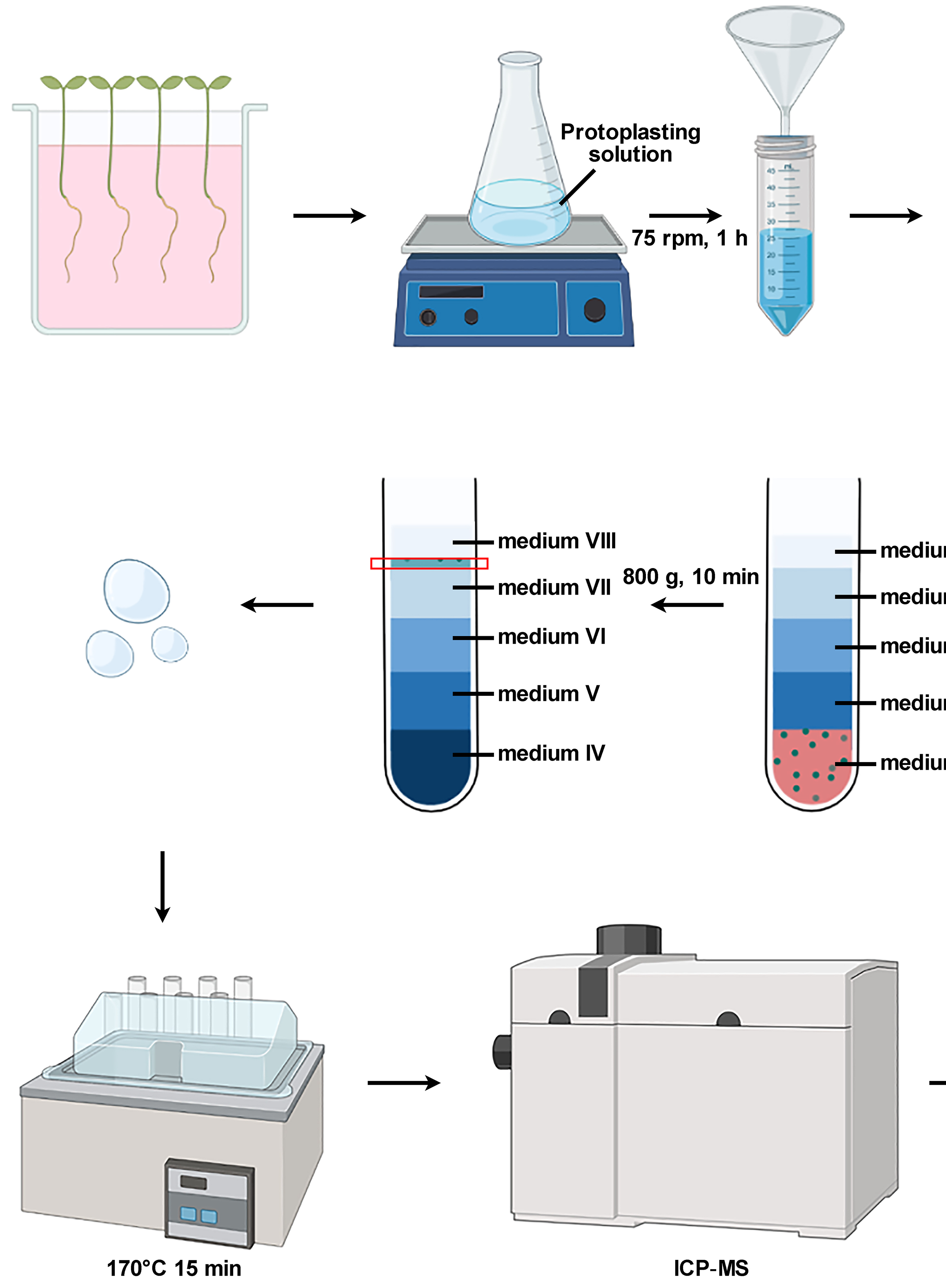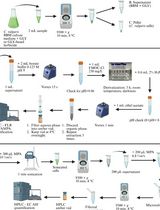- EN - English
- CN - 中文
Estimation of Silica Cell Silicification Level in Grass Leaves Using in situ Charring Method
使用原位炭化法估算草叶中二氧化硅细胞的硅化水平
发布: 2017年11月20日第7卷第22期 DOI: 10.21769/BioProtoc.2607 浏览次数: 7316
评审: Scott A M McAdamDaniel F. CaddellAnonymous reviewer(s)
Abstract
Silica cells are specialized leaf epidermal cells in grasses with almost the whole cell volume filled with solid silica. In sorghum, silica deposition in silica cells takes place in young, elongating leaves around the mid-length of the leaf. We developed a protocol for estimating the level of silica cell silicification in Sorghum bicolor leaves using in situ charring method (Kumar et al., 2017a). Here, we provide greater details on our protocol and method of image analysis. Although we based our protocol on sorghum, this protocol can be extended for estimating silica cell silicification level in any grass species.
Keywords: Silicification (硅化)Background
Silica deposition is central to grasses. Grasses deposit up to 10% of their dry weight as silica. The major sites of silica deposition in plants are root endodermal cells, abaxial epidermal cells of inflorescence bracts and silica cells in leaves (Kumar et al., 2017b). Almost the entire volume of silica cells is filled with solid, amorphous silica. Silica deposition in silica cells is physiologically controlled and takes place around the middle length of young leaves (Kumar et al., 2017a), which we named leaf-2 (Figure 1). Silica cell silicification is also a fast process completed within hours (Kumar and Elbaum, 2017), hence in the same leaf there are areas of high and low silicification intensity depending upon which area of leaf we are examining. To study the deposition process, we need a way to quantify the silica cell silicification level in different parts of the same leaf. In situ charring or spodogram preparation of plant material is an easy and cheap way to study silica deposition in plants. The plant material is burnt at temperatures typically above 500 °C for 3 h to overnight that oxidises all of the organic material. The ash remaining after the charring process contains silica and other minerals. The non-silicate minerals from the ash are dissolved by 1 N HCl and the remaining insoluble substance is silica. The in situ charring method can also be used to quantify the silica cell silicification level (Kumar et al., 2017a). The leaf piece is kept in between two glass slides to keep the leaf specimen flat (Figure 2), and then the specimen is burnt, ash washed with HCl (Figure 3) and subsequently with double distilled water to remove the mineral salts. The slide is then taken to a light microscope to count the number of silica cells silicified per unit length. Figure 4 shows a spodogram prepared from the middle of a young leaf. This part was analyzed to quantify silica deposition levels. Our method can be extended to quantify the silica cell silicification level in any leaf piece, but best results are obtained with young and still silicifying leaves.
Materials and Reagents
- Glass slides
- Paper towel
- Aluminium foil
- Plastic disposable droppers
- Scalpel
- Ceramic tile
- Young Sorghum bicolor plants
- Double distilled water
- Hydrochloric acid (HCl) (Sigma-Aldrich, catalog number: 258148 )
- 1 N Hydrochloric acid (HCl) (see Recipes)
Equipment
- Scalpel
- Forceps
- Muffle furnace (Alfi Laboratory supplies)
- Binocular microscope (Motic, model: SMZ168 Series )
- Light microscope (Nikon Instruments, model: Eclipse 80i )
Procedure
文章信息
版权信息
© 2017 The Authors; exclusive licensee Bio-protocol LLC.
如何引用
Kumar, S. and Elbaum, R. (2017). Estimation of Silica Cell Silicification Level in Grass Leaves Using in situ Charring Method. Bio-protocol 7(22): e2607. DOI: 10.21769/BioProtoc.2607.
分类
植物科学 > 植物生理学 > 生物矿化
植物科学 > 植物生物化学 > 其它化合物 > 硅
您对这篇实验方法有问题吗?
在此处发布您的问题,我们将邀请本文作者来回答。同时,我们会将您的问题发布到Bio-protocol Exchange,以便寻求社区成员的帮助。
提问指南
+ 问题描述
写下详细的问题描述,包括所有有助于他人回答您问题的信息(例如实验过程、条件和相关图像等)。
Share
Bluesky
X
Copy link












